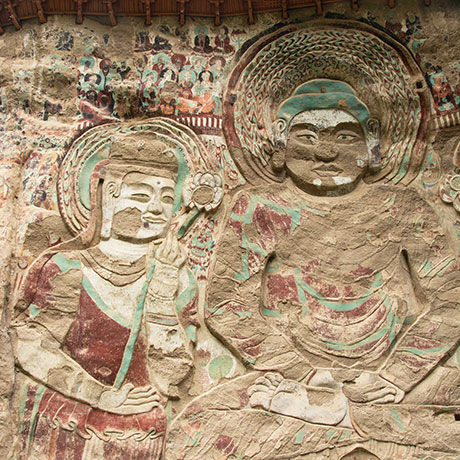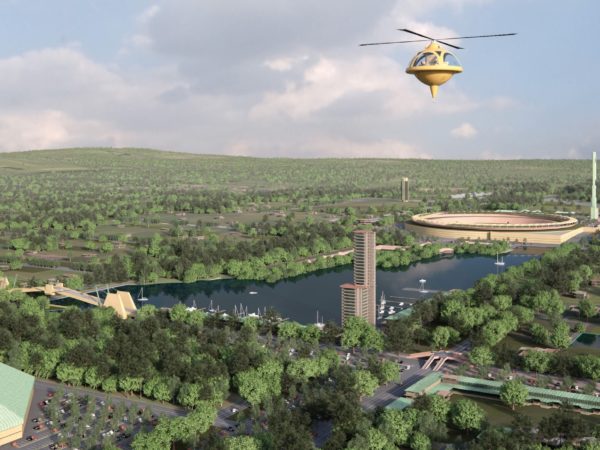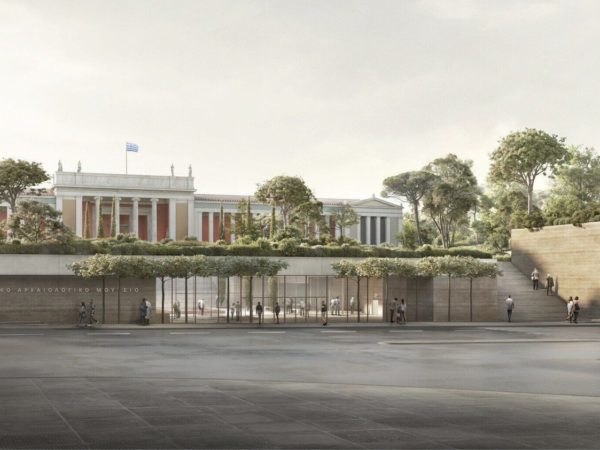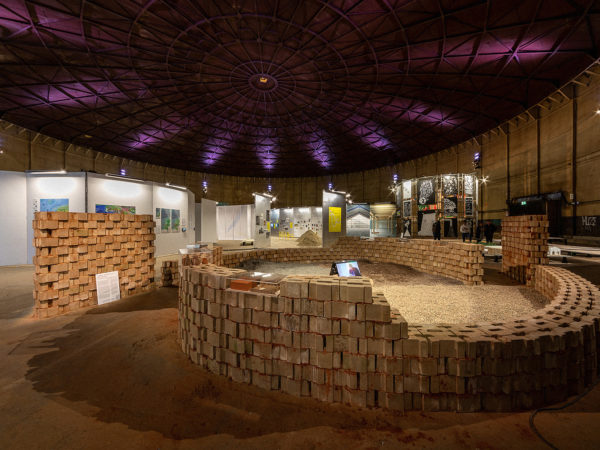Beyond this physical dimension lies a void filled with familiar peace surrounded by materialistic distractions blurring away its existence, yet one can never avoid or resist. Caves are such natural voids that exist as cavities on earth, inhabited by Buddhist monks, travelers, and patrons as places for worship and residence. Rock-cut designs carved on overhanging rocks exhibit the early examples of the architectural craftsmanship of humankind. The arrival of Buddhist missionaries maneuvered natural caves as Varshavasa – places to dwell during the rainy season and as temples, enabling them to lead a monastic life in accordance with the aesthetic nature of Buddhism.
Cave architecture often denoted as Rock-cut architecture is a practice of creating a structure by whittling solid natural rock while some of them accommodated with prepossess murals of the past, delineating the narratives of the events from Buddha’s life from second century B.C. to second century A.D.
In the first phase of Buddhism (Hinayana) Buddha was worshipped in the symbolic form (Stupa). Buddhist sites are perhaps the most intriguing structures built by the human since they served as residences for the monks, in addition to locations, the reverent community would visit and perform various consecrate rituals at.
“The human being can either live within the Cave or outside of it. The Allegory of the Cave is about the existence of two worlds or experiences. It is about two radically different states of consciousness and awareness or two radically different life perspectives. The ‘cave’ or ‘cavic existence’ is the physical and the sensible world. It is a world in which there is no permanence, no stability, no constancy, and no security. It is the ever-changing world of Maya or illusion that often one takes as the real. The absurdity of the human condition is about when the individual begins to search for permanence and security in a realm whose fruit is anything but permanence and security. What every human being yearns for and longs: happiness, comfort, contentment and their stability and constancy can never be attained so long as they are sought in a realm whose essential nature is change and impermanence. Of the existence outside of the cave, nothing is known, or at least, cannot be spoken of. This other realm cannot be spoken of or described except that it is a non-sensory realm of permanence and constancy. It is a God-realm. In other worlds, it transcends mental imagery and linguistic descriptions”
– Plato
Chaityas were the places of worship inhabited by the Buddhist monks, and held an emblematic sacred structure of worship called stupa that appeared exclusively in Hinayana (earlier Buddhism). Iconographic sculptures of Buddha were modeled on stupa followed by jataka stories carved and painted on the walls of the voids that emerged in Mahayana(later Buddhism).
Residences in Buddhist caves pronounced as Viharas are also classified as monasteries, predominant to both Hinayana and Mahayana sects. Although there do exist some Jain sites equivalent to Viharas, temples, and the same is typically the case in holy sites for Hindus.
Evidently showcasing some crossovers in the technique of cutting caves, the interiors of the caves and the imagery found are quite different due to religious affiliation that had subsisted in different timelines. The caves and the temples of a religion resemble the built architecture of its tradition distinguishing the caves employed by the other religious sects.
One of the most striking contrivances was the enormous variety of caves. Stupendous caves with beautifully carved sculptures and high-vaulted ceilings, as well as Viharas with numerous rock-cut cells arranged around a geometric hall. At the same site, resides a cave consisting of monastic cells of modest size with little or no sculptural adornment. There are several conspicuous explanations for this. Patrons at Buddhist sites were rarely members of royalty and offered what they could afford to provide for the monks. It may be a simple cave or a component in a larger complex. While our eyes tend to focus on the most beautiful and spectacular caves, all the caves at these sites comprehend how these monasteries functioned, patronage worked, and how the caves served the monastic communities that lived there.
Text by Davangi Pathak
Image Courtesy: Nu-An, Eddy Billard, Yongyut Kumsri, Victoria and Albert Museum
Find more about Ajanta Caves and their architecture:
https://www.tandfonline.com/doi/full/10.1080/13467581.2019.1697698
https://etheses.whiterose.ac.uk/9785/1/297134.pdf
https://courses.lumenlearning.com/boundless-arthistory/chapter/buddhist-art/
https://laney.edu/humanities_philosophy/allegory-of-the-cave-a-modest-interpretation/











